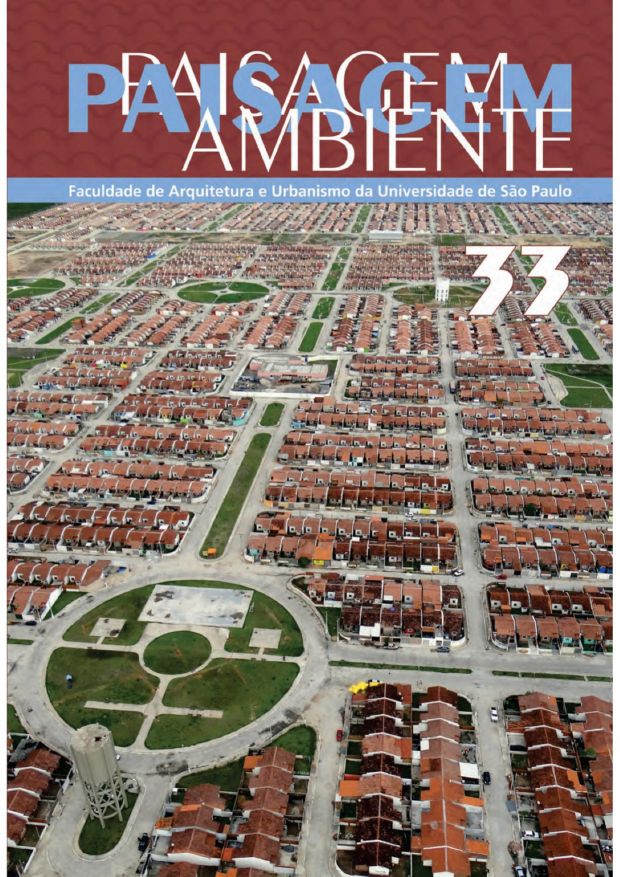Open spaces and urban form: interpreting features and conflict at Florianópolis (SC)
DOI:
https://doi.org/10.11606/issn.2359-5361.v0i33p51-66Keywords:
Opens space. Urban form. Space syntax. Conflicts. Florianópolis. 1Abstract
Florianópolis, according to the IBGE, is among the cities of Santa Catarina that presents significant population growth. This, due to the migration of people from the interior regions of the state itself and as well as several parts of the country, attracted by the quality of life and employment opportunities arising from the existence of public institutions and the provision of goods and services. Fact confirmed with the increase of approximately 23% of the population in the last decade. Consequently, there has been urbanization processes that affect the morphological structure of the landscape, responsable for considerable spatial conflicts, specially on the system of open spaces. Therefore, this study aims to identify public and private spaces in the city according to the environmental laws of the Brazilian Forest Code and the Master Plan. In addition, space syntax studies were performed, so further information concerning the relations of the environment with the urban pattern and its degree of integration. Complementing the research, temporal series analysis were made identifying producer agents of private and public spaces over the past 75 years. Thus, it can be seen that urban growth, mainly due to property speculation and irregular subdivision process, are among the active agents on shaping the space and, consequently, as generators of conflict.
Downloads
Downloads
Published
Issue
Section
License

A revista Paisagem e Ambiente: ensaios tem licença Creative Commons
Creative Commons - Atribuição-NãoComercial-CompartilhaIgual 4.0 Internacional
DIADORIM - Diretório de Políticas Editoriais
O detentor dos direitos autorais é o autor do artigo. A revista exige apenas o ineditismo na publicação do artigo. O autor tem do direito de divulgar seu artigo conforme sua conveniência.


